Yan Li lives in China and works in New York. He is a poet in spirit. A poet who in ‘Reality‘ writes
My writing doesn’t have the ability
To carry the caged bird onto a branch
Outside the window
Birds that have lost the knack of finding food
Only hope that my writing
Can enlarge the size of their cage


(And, for the readers, Yan has some first-hand experience with publishing in America. In 1987, he founded Yi-Hang (First Line) in New York, a quarterly journal that features the works of contemporary Chinese poets and Chinese translations of American poems.)
I followed up with a question about the influence these cultures have on his art, to which he smartly answered, “Both countries have had an enormous impact on my art. I’ve been inspired by the traditional Chinese aesthetics and philosophy that is reflected in their calligraphy, in painting, and in literature. But I’ve also been inspired by the American spirit of innovation, for example, the experimentation and improvisation in contemporary American art, literature, and music.”
At this point I couldn’t help but pondered, whether growing up in communist China, had any influence on Yan’s art. Did it add an extra layer of structure? In other words, how Yan gauges the influence of the communist regime on Chinese contemporary art? In Yan’s words, “ I’m of the generation of Chinese artists and writers in China from the late 1970s and 1980s who broke free from communist propaganda. We returned to traditional Chinese art forms, the Chinese modern art of the 1930s, which was influenced by European art, the contemporary western art we saw in books and magazines, and the modern literature we read in translation. We listened and danced to jazz and rock & roll and identified ourselves with some of the characters in American and European films. It was a fascinating period. We call it ‘high culture fever.’ In other words, the communist regime was something we reacted against. It forced us to explore alternative ways of thinking and expression. And, this continued when I moved to the U.S.”
I interrupted his flow with a question, “what brings you to the USA?” I have not had an answer yet. In all probabilities, the answer is, ‘literature.’ However, I will let his lines do the talking instead.
Walking along
If you don’t kick something, you start to look effete
He has the word “door” embroidered on his trouser leg
The door to a nation

Yan replied, “Writer A Cheng is also a member of the Beijing STAR Association. One night in 1981, he came to my home to chat about his life as a reeducated youth in Yunnan Province in the early 1970s. After he left, I vaguely noticed that there was still a figure of him on the wall where he was smoking and chatting. It was very pictorial. That night I excitedly painted this picture, which is also a record of my friendship with him.”
I found that Yan’s paintings are mostly in bright colors. I wanted him to comment on them. In his own words, “Although I like the changes of colors on the canvas, the main thing is the subject matter and conception. I think the work should be able to convey thoughts and concepts and must record the characteristics of the time in which I live.”
I see, why Yan likes to call himself a poet, in terms of focusing on spirit and thought, and then a painter. I posed my next question, “When you write poetry, do you visualize a painting in your mind, or is it the other way?” Yan replied, “Some of my poems have a sense of imagery, and I will consider using paintings to supplement them. When some paintings are very poetic, I will also use words to express the subject matter. In my paintings and poems, some paintings and poems depict the same concept.” (At this point I would urge the reader to scroll up and see his painting and poetry that we started with)
For Yan, what is art’s purpose? Is it just an expression of creativity, or is there something he wants to achieve through his paintings? Is there a goal he would like to reach? Hard for an artist to tell, especially when they are in a constant voyage between realities. Yan said, “For artists, innovation always brings more pleasure and accomplishment, and the imagination that I have formed from writing poems for many years is very helpful to my paintings. I think imagination can open up new expression space.”
This brings me to a rather important topic. The time we are going through is almost fictional. What was he doing during the CoVID-19 pandemic? How did he perceive that this would have any influence on his work? Yan told me that he was basically painting and writing poems at home in China for the past one year. Many works were related to problems caused by the recent global pandemic. The most crucial impact on him was the concept that human health is not limited to physical health. It was also related to social concepts of justice and equality and the environment and the earth. To this, I could only nod and said, ‘yes.’ But I could not help but add “How do you feel as an artist about a pandemic that has its origin in China?” Yan, as a true representation of the STAR, replied back, “This is but speculation. There needs to be more research to know the source. I hope the Chinese government will cooperate with experts from all over the world to investigate the origins of the pandemic.” And, then he added on, “What I find disturbing as a Chinese artist and writer living in the U.S. is this belief that has resulted in violence against Chinese Americans.”
His series on Pandemic was titled, “ Poisoned Net 2020.” He was kind enough to share some of these works with us. The cover featured how a face mask had unified the world, as if there was now one flag. The ‘Siege’ depicted people struggling with the siege of the virus and looking for a way out. The ‘cry’ portrays a city crying out for help. The words he used on the vinyl said, “I don’t want to be a hero, (in) the cage.” The two paintings, Poisoned Net 2020 – 4 & 5 show that when forced to stay at home, all the isolation that one has experienced in one’s life is revealed. On the ‘Peace’, he said, “During the epidemic, there are many things that people care for and encourage each other. I think it is more accurate to use dove as a symbol of peace.”
- Flag
- The Cry
- Seize
- Reveal1
- Reveal2
- Peace
Finally, as a parting thought, I asked him about any current work that he wants to share with the readers. To which, he suggested his recent work, Here comes the Year of the Ox vaccine 2021. 2021 is the year of the ox in the traditional Chinese calendar. This painting is a reminder that vaccines can defeat the virus and allow humans to return to everyday lives.
Yan Li ( poet and artist. b. 1954, Beijing, China) is a member of a group of artists known as The Stars; as a poet, he is identified with the Misty Poets; In 1987, he founded First Line in New York; the publication is a quarterly journal that features the works of contemporary Chinese poets as well as translations of American poems. His first art was exhibited in 1979. And he exhibited the first one-man show in 1984 at people’s park in Shanghai, China. This is also the first one-person Avant-garde art show after 1949 in China.
His poems have been translated into French, Italian, Spanish, English, Swedish, Korean and German. He has held many exhibitions and published numerous books.

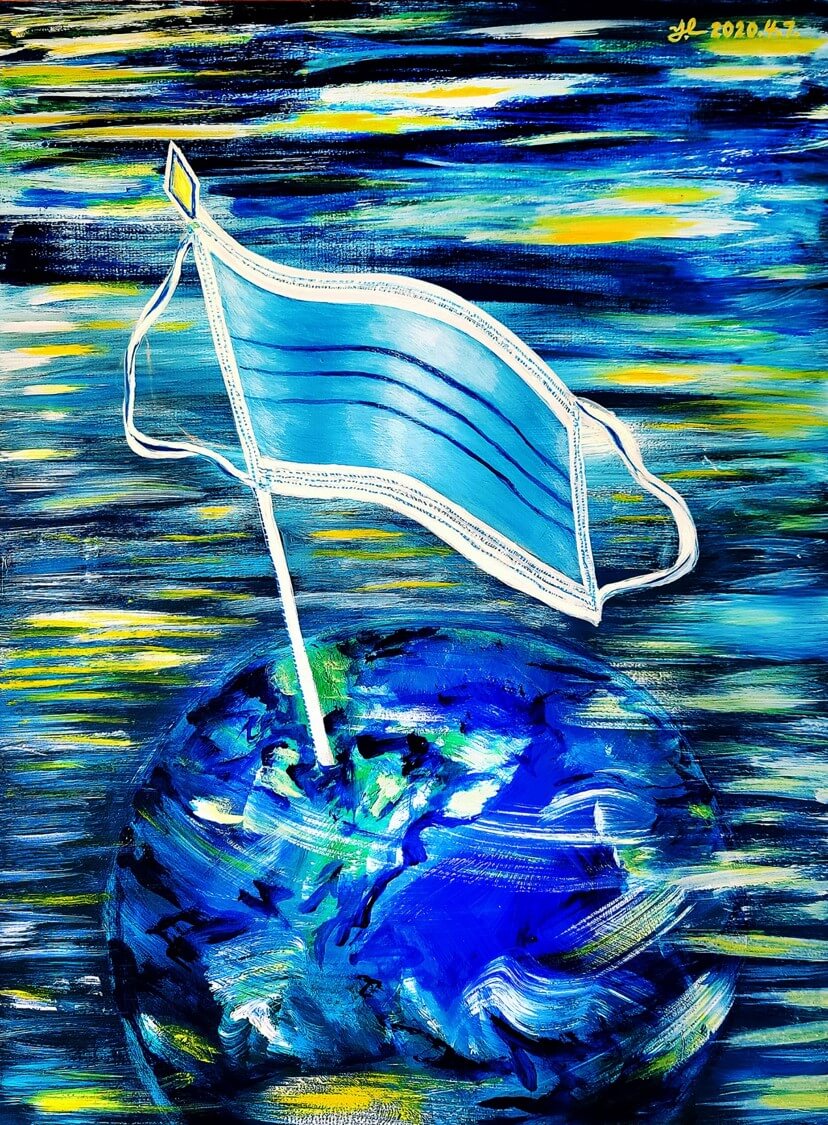
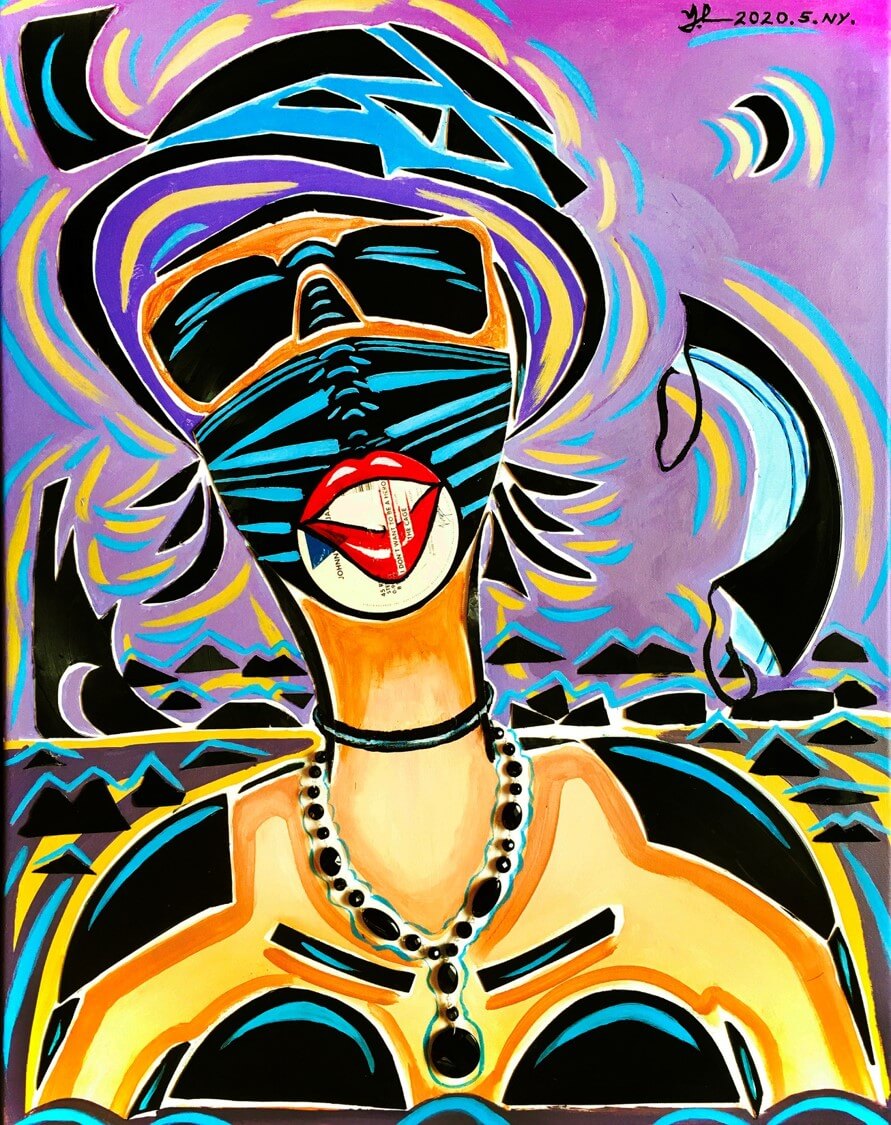
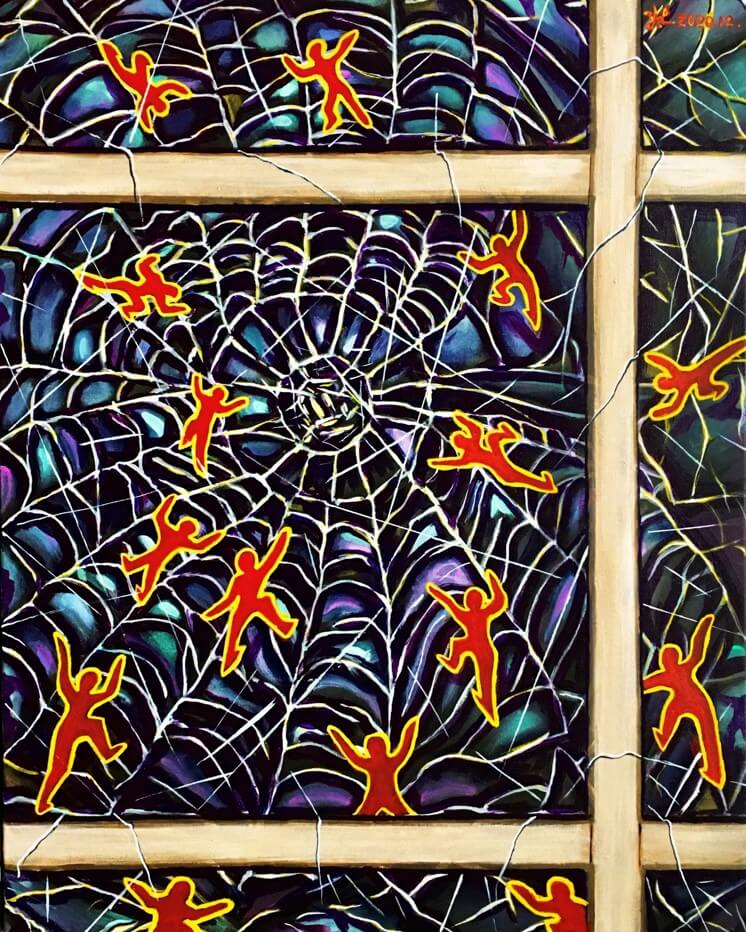
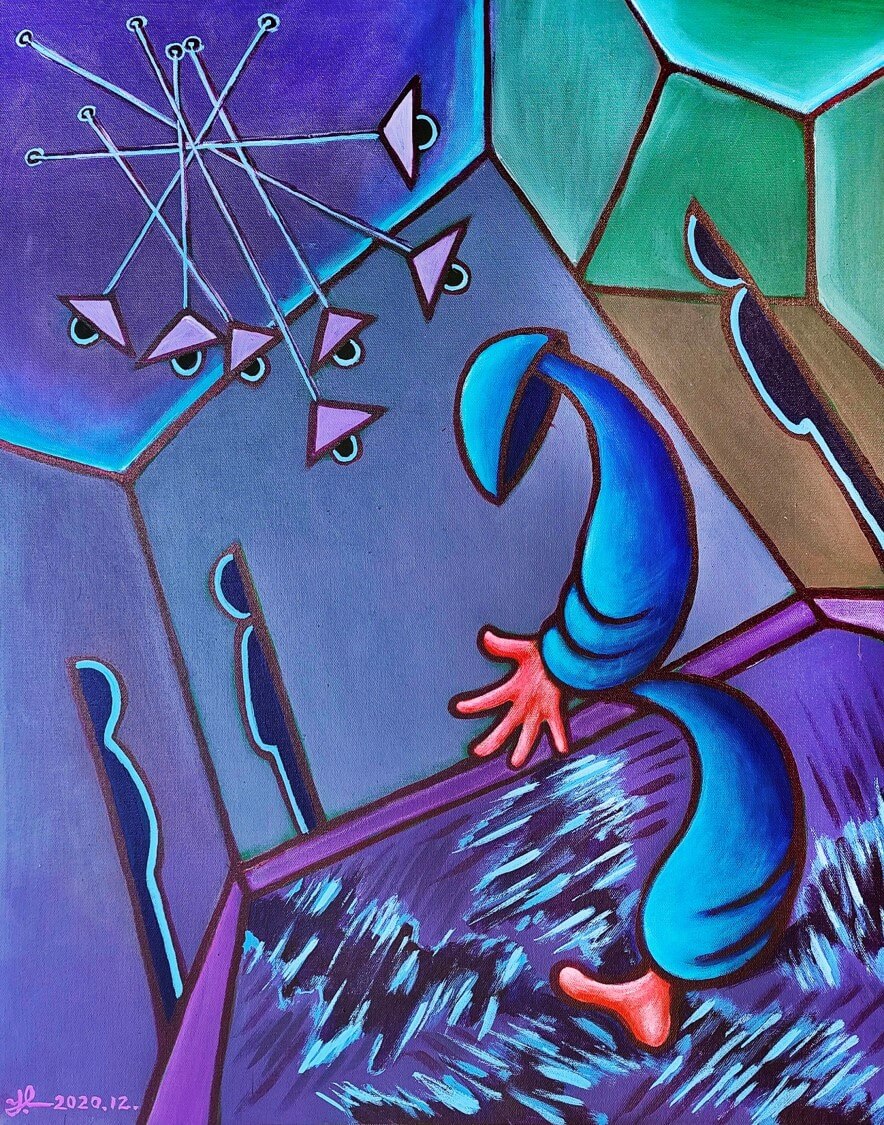
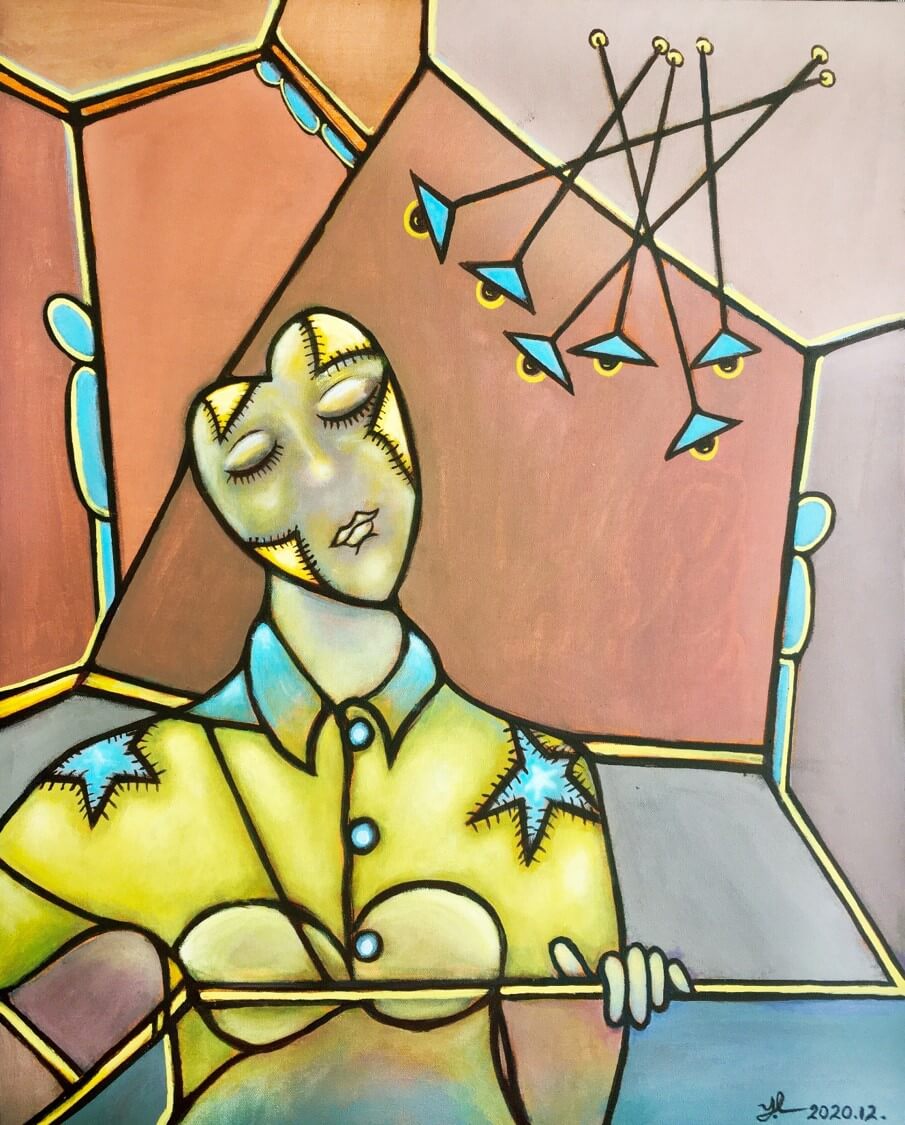
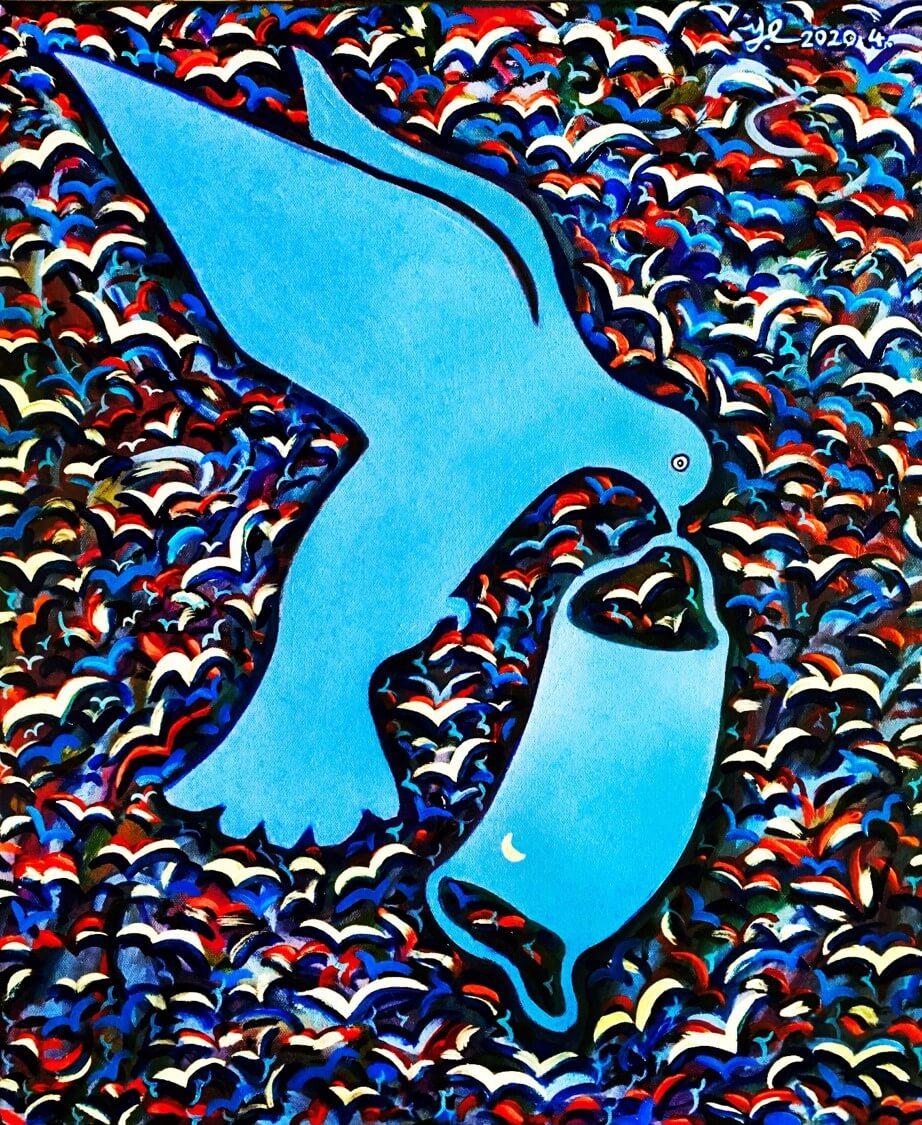

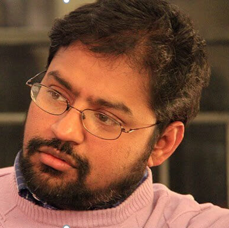
























Hi Taptas, Thank you for introducing YanLi. It is amazing story. Good job and we are looking forward to read more YanLi’s stories from you.
Thanks a lot for your encouragement Lu!